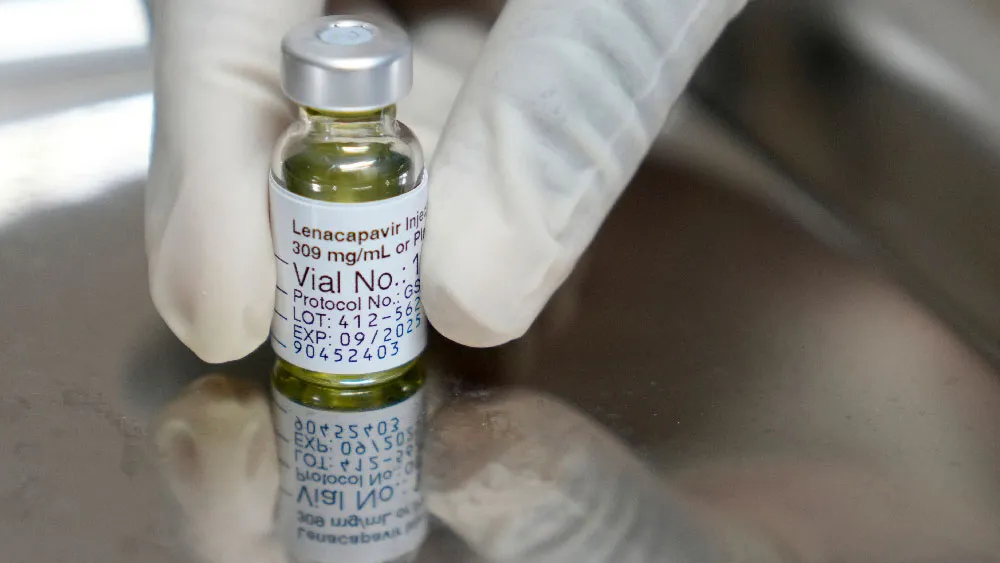April 27, 2014
Transgender Women Reflect on A Lifetime of Change
Kilian Melloy READ TIME: 4 MIN.
In June longtime transgender activist Felicia Elizondo will celebrate turning 68. Yet she still finds it hard to believe she has reached her senior years.
She also marvels at having lived long enough to see the enormous strides made by the transgender community since she and other trans people stood up against police harassment late one night in 1966 at the now defunct Compton's Cafeteria in San Francisco's Tenderloin district.
"I didn't think I would live this long to see the changes that have happened over the last 50 years," said Elizondo, who is also known as Felicia Flames.
In March, Elizondo joined two other transgender women in their 60s on a panel hosted by the GLBT Historical Society to reflect on their lives and the changes they have witnessed.
At 14, Elizondo moved from Stockton to San Jose with a gay man she had met. By 16 she was spending weekends in the Tenderloin, considered back then the "gay mecca" of San Francisco, she said.
"Growing up we were called trash and gutter girls," she said. "We didn't matter to the community."
Elizondo joined the Navy and volunteered to go to Vietnam, because "I didn't want to be gay," she recalled. "I thought maybe I would be killed and all this will be over. If the military doesn't make me a man, nothing will. And it didn't."
In 1974 she transitioned while working as a long distance operator for Pacific Telephone.
"Transgender women could not be in the closet. We had to be out and proud," said Elizondo. "Gay men and lesbians could be in the closet, go to work and make their money."
Five decades ago "was a bad era. We couldn't get jobs. We couldn't get housing," recalled San Francisco native Tamara Ching, 64, a transgender woman who also took part in the panel. "In the 1960s we could not walk around in anything other than our birth gender. The police were mean and would disperse you."
Many of the transwomen Ching knew back then in the Tenderloin turned to prostitution to make a living. They rode the "merry-go-round," she said, a circular path along O'Farrell and Ellis between Leavenworth and Jones they continuously walked in an attempt to avoid being stopped by the police.
"We whored, whored, whored," said Ching. "Sex work empowered me."
While she suffers from diabetes and hepatitis C, Ching remains HIV-negative despite having never used a condom with the "3,500 tricks" she estimates she was paid to sleep with.
"I expected to have HIV and AIDS like all my sisters," she said.
In 1987, Elizondo was diagnosed as being HIV-positive.
"I expected it as a punishment for what I had done," she said. "The AIDS epidemic took a lot of our generation; it took a lot of our history."
Nowadays one of the biggest challenges Elizondo faces is keeping busy and remaining connected to others.
"As a senior the loneliness is the worst," she said. "As much as we want the trans community to be united, we are not."
Social isolation among seniors is known to negatively impact their health. According to the report "Addressing the Needs of LGBT Older Adults in San Francisco: Recommendations for the Future," compared to the city's lesbian, gay, and bisexual senior population, transgender seniors "are at a much greater risk for poor health."
Transgender seniors were also found to "have even higher rates of disability, poor general health, and depression than LGB older adults" in San Francisco.
Released in July 2013, the report was based on a survey commissioned by the city's LGBT Aging Policy Task Force, which finished its work last month. Of the 616 LGBT city residents aged 60 to 92 years old who took part in the survey, 4 percent identified as transgender.
The 26 transgender respondents were all under the age of 70 and were less likely to be non-Hispanic white compared to their LGB peers. They were also more likely not to have attended college and more likely to be living on incomes at or below 200 percent of the federal poverty line.
The vast majority, at 77 percent, were renters, with 8 percent owning their homes outright and another 8 percent paying off a mortgage. For comparisons, the survey found that 43 percent of the non-transgender respondents were homeowners and 53 percent were renters.
When compared to the survey's LGB respondents, the transgender participants were "more likely to use meal site/free groceries, day programs, mental health services, caregiver support services, and health promotion services," according to the researchers who conducted the survey.
It can be tough to grow old in San Francisco, said Elizondo, unless one has friends they can rely on for support.
"I have a close transgender woman I am friends with. I can count on her for anything and she can count on me," said Elizondo, who had been named to the city's aging policy panel but opted to resign shortly after its first meeting.
Kilian Melloy serves as EDGE Media Network's Associate Arts Editor and Staff Contributor. His professional memberships include the National Lesbian & Gay Journalists Association, the Boston Online Film Critics Association, The Gay and Lesbian Entertainment Critics Association, and the Boston Theater Critics Association's Elliot Norton Awards Committee.


